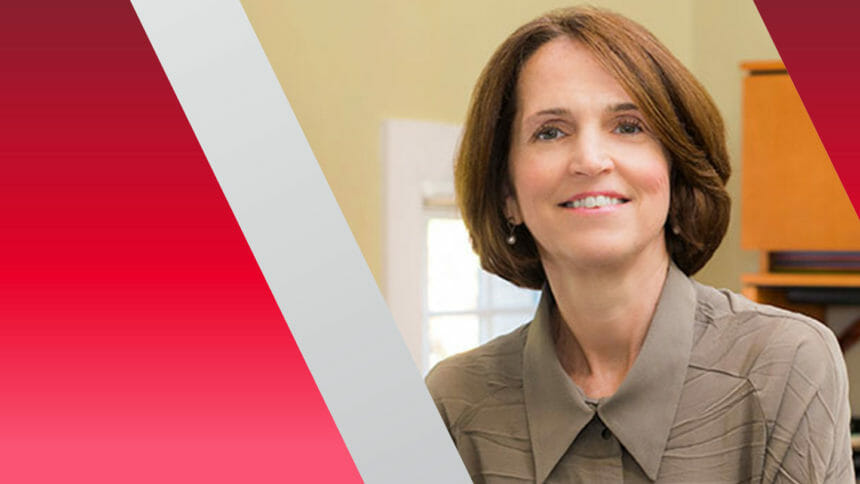
COVID-19 has accelerated partnerships in long-term care, but experts predict the industry is likely to see even more dramatic merger activity as providers realize the benefits of shared leadership, clinical collaboration and financial efficiencies.
“We’ve learned a lot about what it means to be part of a community and how to be much more flexible in how we do our work,” LeadingAge President and CEO Katie Smith Sloan told McKnight’s Long-Term Care News at the organization’s convention in Atlanta. “I think we’re going to see an explosion of partnerships because one of the things that was so apparent with COVID is that none of us can do this alone. We have to lean on each other.”
Between 2015 and September 2021, 650 nonprofit providers changed hands, according to data collected by investment bank Ziegler. But Lisa McCracken, Ziegler’s director of research and development, predicts interest in mergers and acquisitions will only increase as providers look to build census and seek solutions for workforce challenges and other post-COVID woes.
The clinical and financial pressures of COVID have certainly put some facilities in a position where they need a partner to survive. But others have simply come to better understand that collaboration can improve performance without risking mission.
“The business is becoming more complex,” McCracken said. “The drivers are just greater than they have been in the past.”
Even before COVID, leaders at Montefiore Home and Menorah Park, two separate but closely located skilled nursing providers in Cleveland, were becoming concerned about the odds of staying open if they both continued to go it alone.
So, the executive teams approached their boards about a potential merger — a process that took nearly two years to complete.
“The community was supporting two organizations that were competing with each other, and we thought it would be better to use all those resources to support one organization,” explained Jim Newbrough, CEO of Menorah Park. “It would make the organization much stronger and more viable.”
In fact, the merger was finalized a few months into the pandemic, which led to some access challenges but also resulted in easier sharing of strategies and supplies.
Hear Newbrough describe how the two operators launched their plan, how they carried it out and why it’s paying off in the latest McKnight’s Newsmaker Podcast.
A good offense, or a smart defense?
For some operators, partnership is a necessary defensive move with private equity and other investors snatching up struggling independent facilities.
More than 52% of sector mergers involving nonprofit organizations have seen them be taken over by for-profit entities, McCracken said. That means those hoping to preserve mission need to take action before their financial and operating realities become so grim that other like-minded providers lose interest.
“If you’re having some challenges, the longer you wait, the less control you will have over the outcome,” she said.
To be ready for opportunities, McCracken suggested nonprofit providers start by having detailed conversations with their boards, identifying characteristics they’d want in potential partners and prepare to respond to inquiries with flexibility and nimbleness.
Equals adding options
She reports an increase in “mergers of equals,” in which two or more well-positioned providers make a proactive decision to partner. Among recent examples, she cites the affiliation of Minnesota’s Augustana Care and Elim Care, which was billed as an effort to “identify more opportunities to partner with other senior care providers and healthcare organizations to address complex medical issues; provide more services; and attract more key leadership talent.”
Likewise, the Life Plan communities run by California-based Covia and Front Porch, as well as the organizations’ other services, officially merged in April. Again, McCracken emphasized both operators were successful before the merger but made a strategic decision that leaders thought would strengthen their service model in a changing market..
Sloan said she is encouraged in the increased collaboration among leaders of like-minded organizations.
“Who knows what those partnerships will begin to look like?” she said. “Some of it is expanding service opportunities, a nursing home partnering with a home health agency, some of it is partnerships with hospice and other kinds of organizations to really think about serving the whole person. I think we’ll see a lot more of that, and I’m curious and excited about what may come.“



